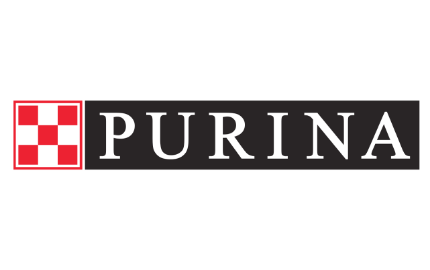Do not mix in an aquarium containing live organisms. NēoMarine creates slight heat when mixed into water; therefore, do not handle dry NēoMarine with wet hands. NēoMarine may have a slight sulfurous odor when the container is first opened; this is a result of the use of anhydrous magnesium chloride and sulfate and will dissipate. Each 134.5 g of NēoMarine added to sufficient purified water to create 1 US-gallon total saltwater will result in specific gravity of ~1.025 g/cm3. If not using an accurate scale to measure salt, in a clean mixing vessel dissolve approximately 4 oz., or half a cup, of NēoMarine per gallon of purified water and adjust specific gravity as needed by adding more salt or water to increase/decrease specific gravity, respectively. It is strongly recommended that water purified via reverse osmosis and/or deionization be used for seawater preparation. Place the full amount of water you intend to mix into a mixing vessel. Heat the water to 76 to 78 deg F first before adding NēoMarine mix. Add NēoMarine slowly, mixing vigorously all the while! Allow the freshly-made seawater to mix thoroughly with a submersible pump for not less than one hour. Always use an accurate hydrometer or (preferably) refractometer to determine the specific gravity of prepared seawater. Ensure that the water temperature matches that of the established aquarium. Allow water to mix, preferably while being aerated, until pH becomes completely stable, indicating that gas equilibrium has been achieved. Although water can be used in an hour, It is strongly recommended that at least 24-hours of mixing be allowed to pass before adding the water to an established aquarium; this extra time enables gas formed during the salt dissolution to escape, further stabilizing alkalinity and pH. Note that water temperature and mixing rate will influence the speed with which the salt goes into solution. It is recommended that 10 - 20% of the total water volume in an aquarium system be replaced every 7 - 10 days; this helps maintain proper water chemistry and consequently benefits aquarium inhabitants.
Causes of Cloudiness: NēoMarine is an anhydrous salt, meaning that is is much drier than most salts (which are hydrated meaning they contain water, quite a bit of it). If you add NēoMarine to water too fast, it will cloud.
- Water too cold. Always heat the water to 76 to 78 deg F before you begin.
- Adding too much salt or adding it too fast, or just dumping it in and allowing it to lay on the bottom of the container without stirring and agitation. Cloudiness will form under these conditions.
- Not using the full volume of water. Always use the full amount of water and gradually bring up the salinity in the mixing container, adding the salt over a period of time. If you don't you will get cloudiness.
- What to do if you have mixed it wrong and it is cloudy: Cloudiness is not dangerous, it is just the formation of carbonates of divalent cations, such as calcium, into tiny particles. When added to the aquarium, it will dissolve over several days. Adding it through a fine filter sock may remove some of the particles and allow them to dissolve unseen, over time.































































































